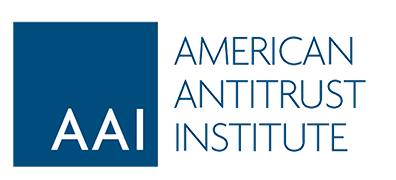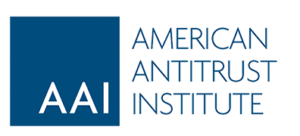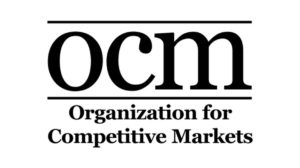AAI has filed an amicus brief asking the Second Circuit Court of Appeals to overturn a district court’s dismissal of conspiracy claims against FIFA and the U.S. Soccer Federation, the world and U.S. governing bodies of soccer, for failure to plead concerted action.
The plaintiff, Relevent Sports, LLC, is a promoter that alleges it was wrongly prevented from hosting “official” Spanish and Ecuadorian professional soccer matches in the United States. After the Spanish and Ecuadorian leagues and teams, and the countries’ national soccer associations, which are FIFA members, agreed to play official league games in the United States, Relevent alleges that FIFA convened a governance body and implemented a binding, enforceable policy requiring that all official league matches must be played in each league’s host countries. The plaintiff alleges that the policy, which was articulated in a press release posted on FIFA’s website, is a horizontal geographic market allocation that limits output by preventing foreign competition against domestic soccer leagues.
The district court dismissed the complaint for failure to state a claim on grounds that the plaintiff had failed to allege concerted action. It held that, notwithstanding that plaintiff pled facts suggesting FIFA’s policy is binding on all national soccer associations and their leagues and teams, plaintiff was required to plead additional facts suggesting that the associations, leagues, and teams “decided to comply” with an unlawful objective in mind, and they “agreed to agree” to implement the challenged policy.
The AAI brief argues that the district court’s pleading requirements contravene substantive antitrust law and effectively immunize the most stable, harmful forms of cartel behavior, where output decisions are ceded to a central decisionmaker. Supreme Court precedent holds that the concerted action element of a Section 1 claim under the Sherman Act requires only proof that a challenged restraint prevented separate economic actors from pursuing separate economic interests; it does not require proof of the alleged conspirators’ mental states as they went about honoring commercial obligations they were bound to honor. Concerted action is an objective test that turns on whether competition has been eliminated, not a subjective test that turns on the alleged conspirators’ mental states.
The brief also argues that the court erred by failing to credit direct evidence of concerted action, instead treating public statements evincing the challenged agreement itself as circumstantial evidence that had to be supported by “plus factor” allegations. The brief argues that if the evidence somehow is not direct evidence, it is unambiguous circumstantial evidence of an actual agreement that should be independently sufficient to establish concerted action. The plus factor paradigm only makes sense when applied to ambiguous evidence of parallel conduct.
Finally, the brief argues that the district court misapplied language in the Supreme Court’s Monsanto and American Tobacco decisions that require plaintiffs to allege that a challenged restraint is “designed to achieve an unlawful objective.” The district court interpreted this language to mean that plaintiffs must have subjectively intended to harm competition, but the case law is clear that the unlawful objective to be pled is an anticompetitive market effect. Intent is not element of proof in a civil Section 1 case, and even in a criminal Section 1 case, general intent to perform the unlawful act is sufficient. Subjective intent to harm competition is never required.
The brief also warns the Second Circuit that the district court ruling not only departs from decades of Supreme Court precedent, but it would effectively immunize the most durable, stable, and harmful cartel behavior. Cartels that can cede decisionmaking authority on price or output to a single entity are the most dangerous because they create the ideal mechanism for cartel management by enabling the cartel members to police against defectors who would otherwise “cheat” to the benefit of consumers.
The brief was written by AAI Vice President of Legal Advocacy Randy Stutz, with assistance from AAI Extern Jenna Riddle. Numerous AAI Advisory Board members, and AAI Vice President of Policy Laura Alexander, provided additional support.
AAI Advisory Board Member Steve Ross, the Lewis H. Vovakis Distinguished Faculty Scholar and Professor of Law at Penn State Law School, and Executive Director of Penn State Center for the Study of Sports in Society, also submitted an amicus brief in support of the plaintiff on behalf of 14 Antitrust, Sports Law, and Economics Professors, including several AAI advisory board members. The U.S. Department of Justice submitted an amicus brief in support of the plaintiff as well.

 .
. 
